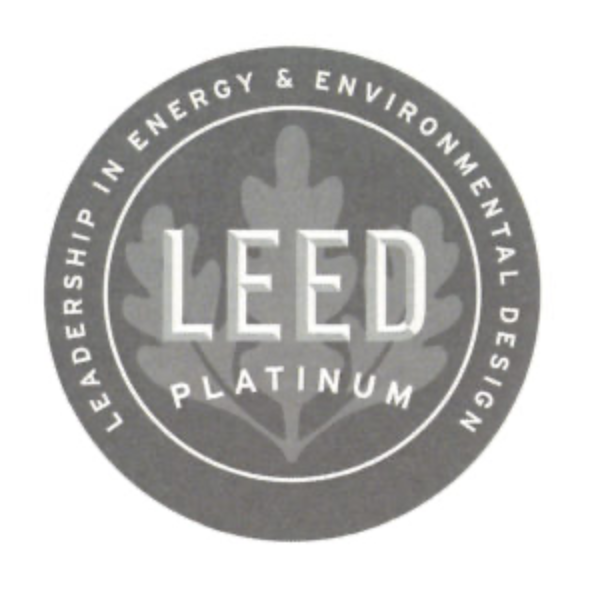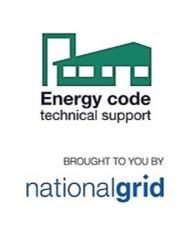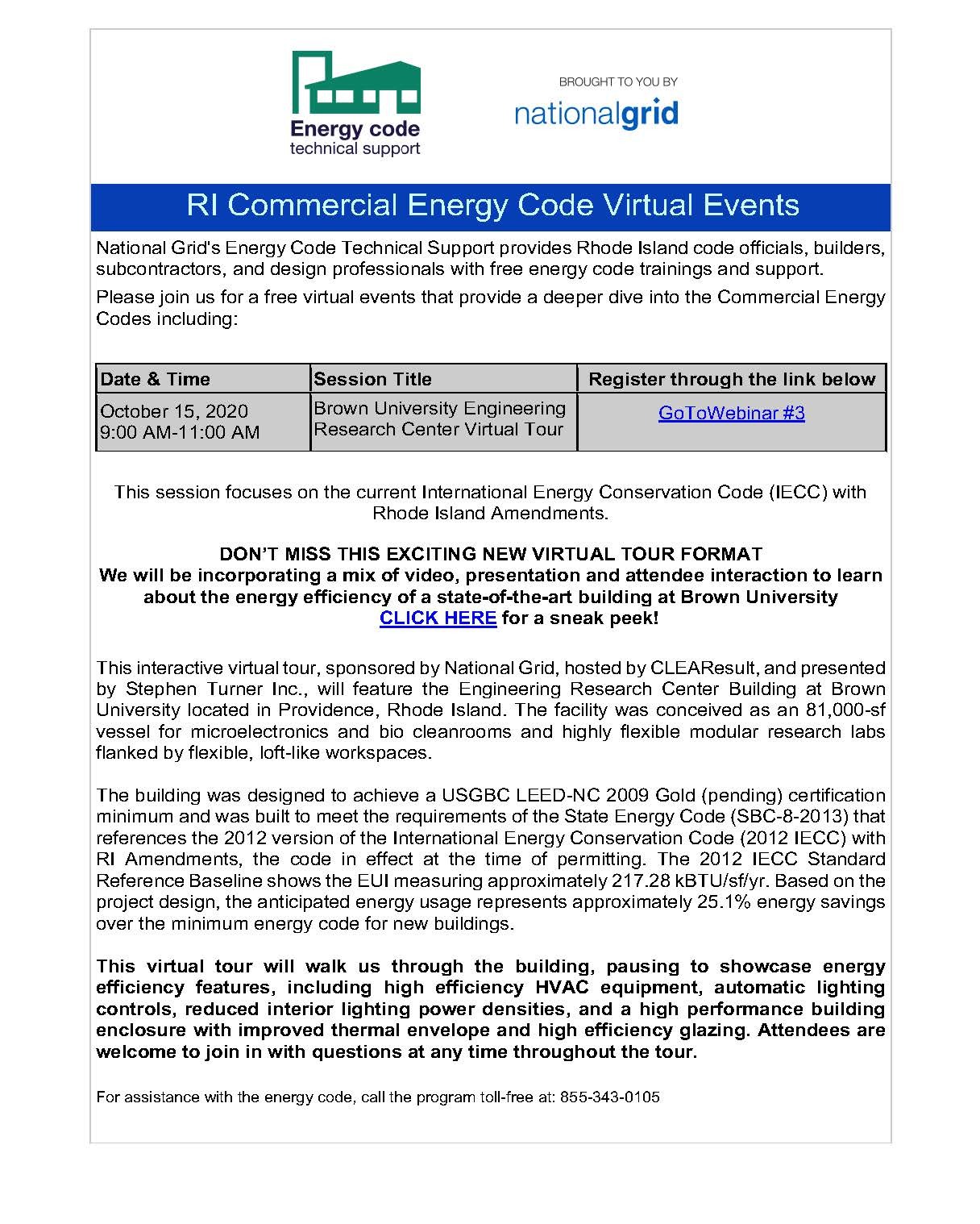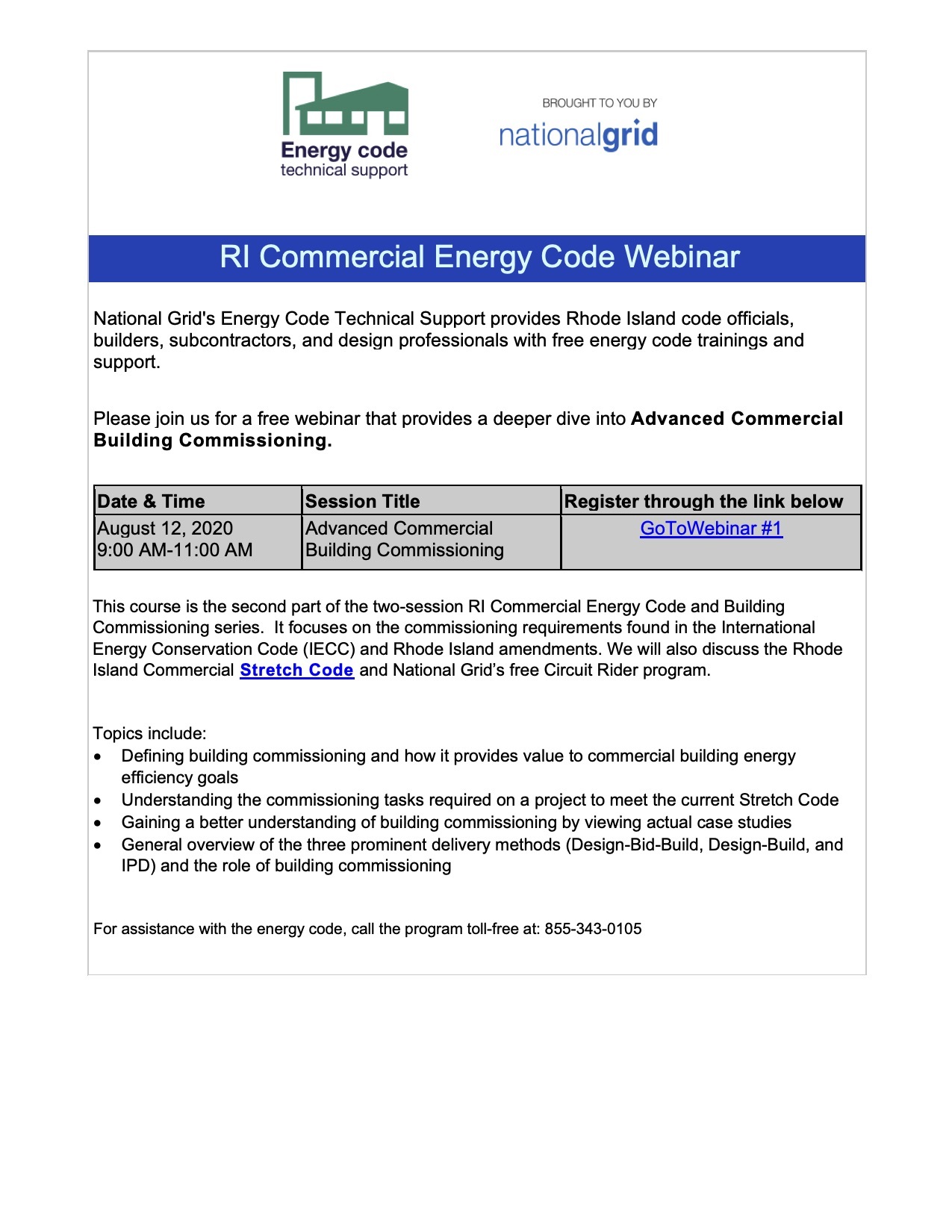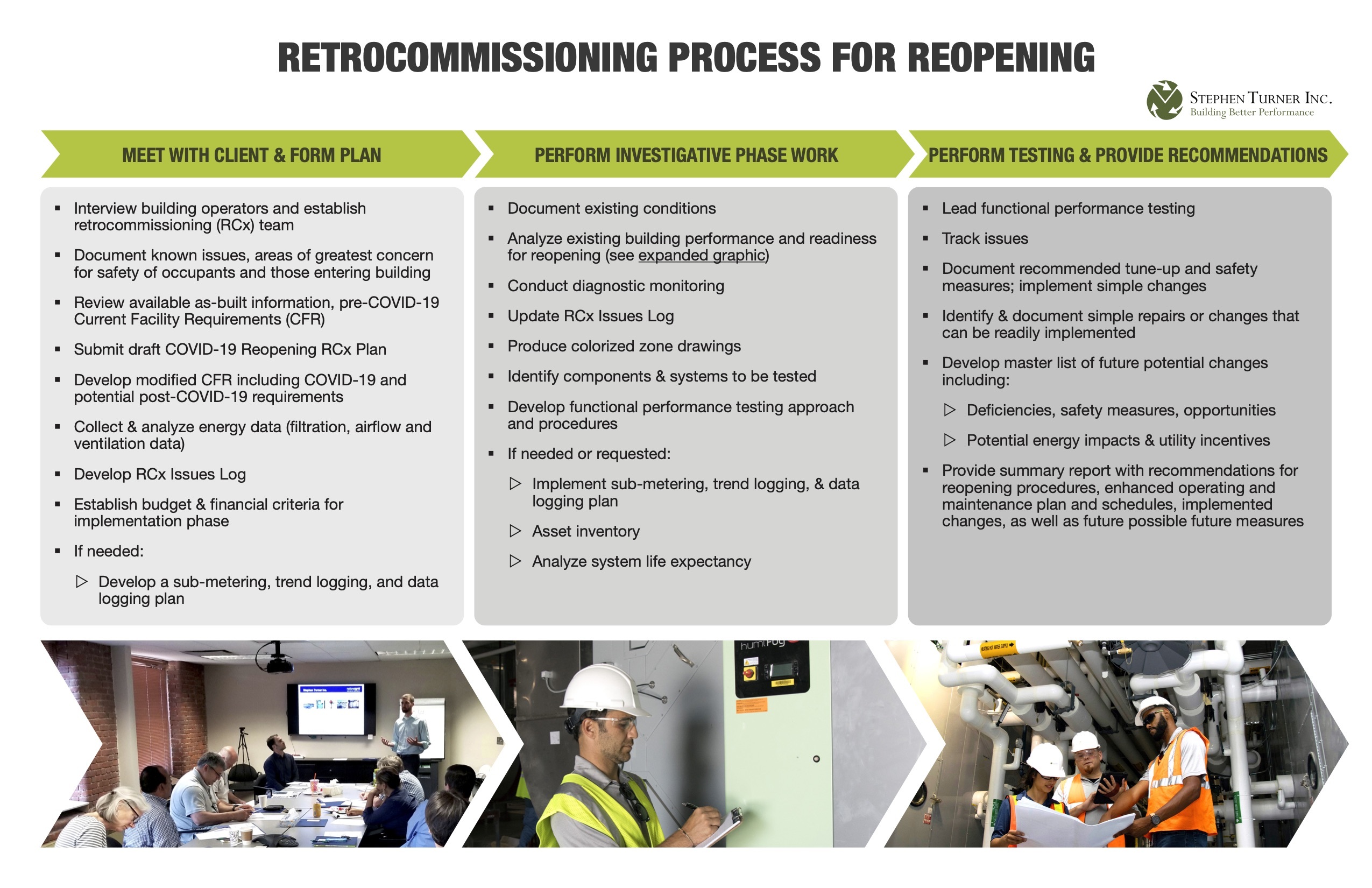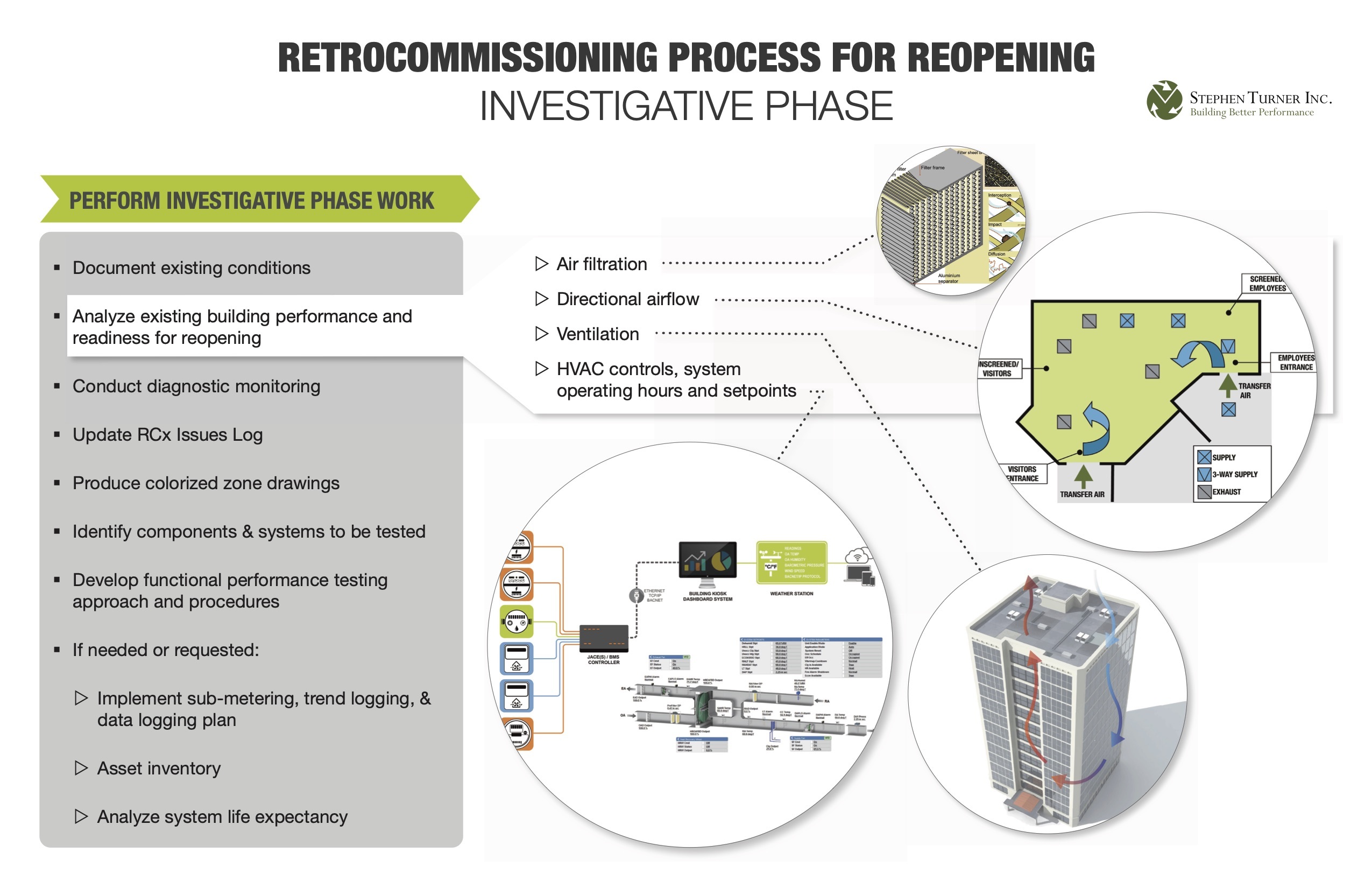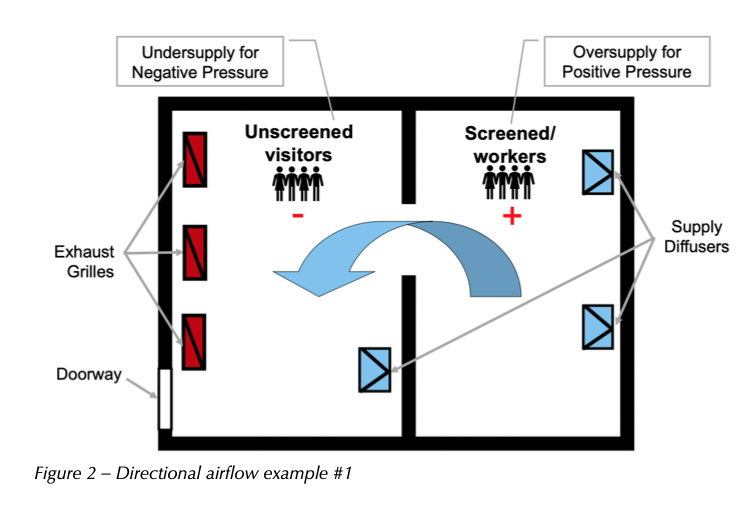Stephen Turner Inc. and the city of Cambridge are proud to announce the King Open/Cambridge Street Upper School & Community Complex has received LEED v4 schools Platinum certification from the US Green Building Council (USGBC). The project is only the second in the country, and third in the world to attain this certification.
Designed as the first Net Zero Emissions and first LEED v4 Platinum school in Massachusetts, the building uses 43% less energy than a typical Massachusetts school and 70% less than the average school in the United States. The building is a Learning Lab with sustainability features prominently displayed to create transparent learning opportunities. Exterior features include 3,600 façade and roof-mounted PV panels, sunshades, bioswale bridges, and a hand pump at the rain gardens. Interior features include digital dashboards in each lobby, custom educational graphics on the walls, exposed “purple pipe” water reuse system, display areas for student projects, daylight controls, and visible heating and cooling elements.
The City of Cambridge and its associates worked to leverage this entire complex into a fully utilized community resource, allowing for after-hours and weekend use of the facilities for both the surrounding neighborhood and the whole of Cambridge community. The 270,000 SF building includes an elementary school, middle school, school district administration, preschool, afterschool, public library, public pool, human services programs, an acre of open space, and parking garage.
